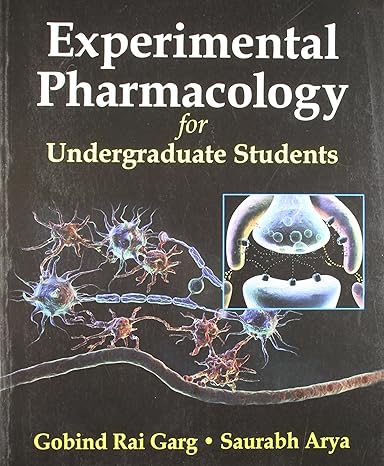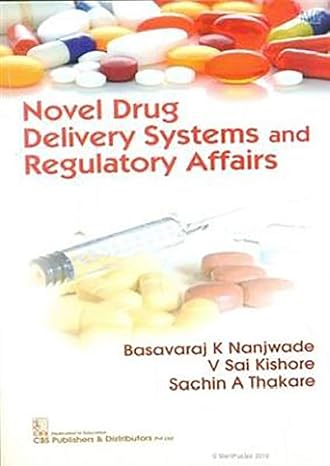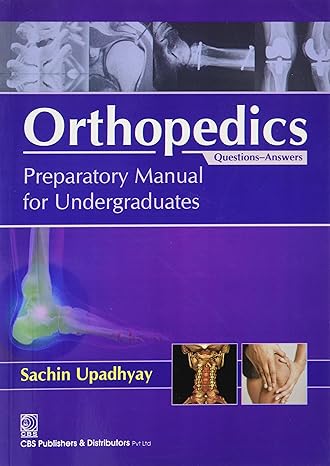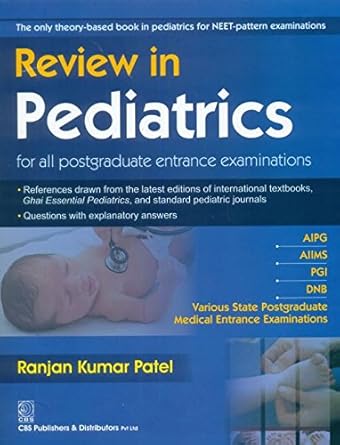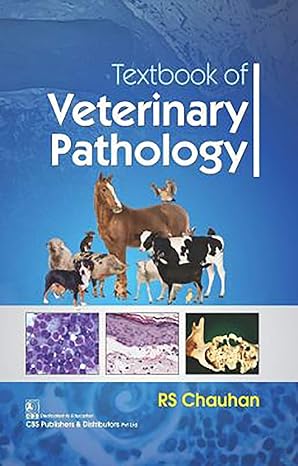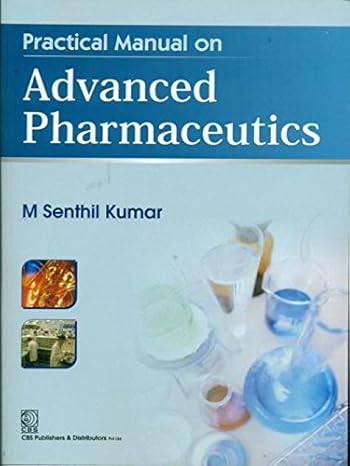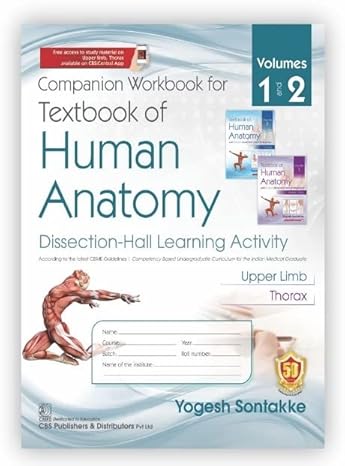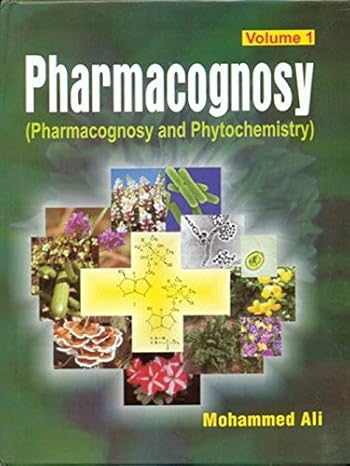political science
Entrances
Academic Books
Account Books
Administrative
Adventure
Advocacy and Adjudication
Aging
Agriculture
Agriculture
Agriculutre
Allied Health
Analysis
Animals
Animals and Birds
Anthology
Anthology
Aptitude Test
Arbitration and Conciliation and Mediation
Architecture
Architecture
Architecture
Art and Humaneties
asd
Astroloojy
Astronomy
Autobiography
Ayurveda
Banking
Banking and Insurance
Biography
BIOLOGY LIFE SCIENCE
Body & Spirit
Border Roads Organisation
BPSC
Business
Business Law
CA
Chemistry
Child, Young and Adult
Children dictionaries
Childrens Books
Civil Procedure and Practice
CLASSIC FIC(PRE 1945)
Climbing or mountaineering
Comics
Comics & Graphic
Commerce
Communication & Media Studies
Competition Law and MRTP
Competitive Exams
Computer
Computer
Constitutional Law
Consumer Protection Law
Contempt of Court and Legislatures
Contract Law and Specific Relief
Cook Books
Cook books
cookery
Corporate Law
Corporate Laws
Counseling
Court Fees
Crafts & Hobbies
Crafts and Home
Crime Books
Criminal Law
Criminology
CTET
Defence
Dental Science
Dentistry
Dictionary
Direct Tax Laws
Direct Taxes
Drafting and Pleading and Conveyancing
Drama
E-Commerce
Earth science
ECO FIN BUSS & MGMNT
Economics
Economics & Development Studies
Education
Election Laws
Electricity Law
Electronics and Engineering
ENCYCLOPAEDIA
Engineering
Engineering & Computer
English Language Teach
ENGLISH LANGUAGE TEACHING
Entertainment
Environmental Law
Environmental Science
Evidence
Fairy Stories
Family and Personal Laws
Family Studies
Family/Personal Laws
Fashion and Design
Fiction
Film and Cinema
Finance
Food & Cook
Food and Drink
Games & Activities
Gender Studies
General knowledge
Geography
God and Godess
Graphic Novels
GST
Gujrati
HCUS - IMPORTS
Health & Fitness
Health & Fitness
Health & Nursing
Health, Personal, development
Hinduism
History
Horror
Human Rights
Humanities
HUMOUR
Income Tax
India Major Works
Indirect Tax Laws
Indirect Taxes
Industries
Information Technology Law
Insolvency
Insolvency and Bankruptcy Code
Insurance Law
Intellectual Property Law
International Law
International Taxation
Interpretation of Statutes
Islam
Judicial System
Jurisprudence
Labour and Industrial Laws
Labour and Service Law
Labour and Service Laws
Language
Law
Law Manuals
Legal Biography
Legal Education and Entrance Examinations
LIFESTYLE,SPORT,LEIS
LIT:HISTORY,CRITICSM
Literature
LITERATURE STUDIES
Management
Management & Organization Studies
Marketing
Marriage and Relationships
Mass Communication
Mathematics
MATHEMATICS & SCIENC
Mechanical Engineering
Medical
Medical
Medico Legal
MIDDLE GRADE READERS
MODERN FIC(POST 1945)
Motor Vehicles Law
Music
Mythology
Nature
Nature
No Food Science
Non-fiction
Nonfiction
NTA UGC
Nursing
Nursing
Operations and Decision Sciences
Organisational Behaviour
Ornithology
Other
Other Laws
Other Titles
Paramedical
Paramedical
Partnership Law
Pharmacy
Philosophy
Photography
Photography
Physics
PICT ACTIVITY BOOKS
Poetry
Politics
Press, Media & Telecommunication Laws
Property Law
Psychology
Punjabi
Raamaayana
Railway
REF,INFO,INTERDISCIP
Religion
Research and Reference and Lexicons and Dictionaries
Research Methods
Right to Information
Romance
Sale of Goods Act
Sanskrut
Scholarship
Science Fiction
Self Help
Share market Trading
Short Stories
Social Behaviour
social science
Social Work
SOCIETY & CULTRE
Sociolinguistics
Sociology
Spiritual
Spirituality
Sports
Sports Law
Statistics
Story Book
Study material
Tax and Accounting
Textbooks
Textile
THE ARTS
Torts and Consumer Protection
Transfer Pricing
Travel
Travel
UPSC
Urban Studies
Wild Life
Wildlife
Workbook
Yoga

Medical
Experimental Pharmacology For Undergraduate Students (Pb 2023)
This book contains the basic principle of each experiment included in Ute curriculum as well as all the details. Most importantly, viva questions for each experiment have been given at the end of each experiment. We have seen that students fumble at the oral table even when asked the easiest of questions. This occurs inspite of having studied everything several times. This is because they fail to assimilate the important bits of information at the time of examinations. This effort of ours underlines the important aspects of experimental pharmacology in very simple language to help students retain more.
Novel Drug Delivery Systems And Regulatory Affairs (Pb 2020)
Orthopaedics Preparatory Manual For Undergraduates (Q And A) (Pb 2017)
This book has been designed keeping in mind Contents the
requirements of undergraduate students not only to help them prepare for their
examinations but also in retaining all the important facts about the subject.
It will also guide postgraduate students in refreshing the basics of
orthopaedics in their early phase. This comprehensive self-contained book
concise consolidated yet authoritative and trust worthy coverage of the basics
of orthopaedics. The book is divided into different sections which follows the
general pattern of a textbook. Each of these sections includes a series of
commonly asked questions (essays type or short notes type) with appropriate
answers. The answers are point-wise in lucid language and easy for the students
to follow. In places of lengthy explanations a large number of flowcharts have
been incorporated at appropriate places for easy comprehension. While writing
the chapters and compiling the questions syllabi of several universities have
been referred to cover most of the topics prescribed for undergraduate medical
students.
Review In Pediatrics For All Postgraduate Extrance Exam (Pb-2014)
This book has been written after critical analysis of the topics from various standard textbooks like Nelson, Rudolph, CPOT, Ghai and IAP Textbook of Pediatrics, and standard journals of pediatrics have been referred, if required. From the students point of view, the most important aspect is not only good concept and understanding of topic but also tools to recall the same in the examination hall. For the first part, detailed care has been taken to give you the best possible explanation of various pathophysiological processes and disorders by flowcharts, diagrams and tables to help you build up on your concept. At the same time mnemonics have been supplemented to each topic, wherever possible to make your life easy in remembering and recalling the facts in these disorders. Fter every chapter all the multiple choice questions that have been asked in various PC examinations like AIIMS, PGI, AIPG, ONB and State PC examinations from their day of conception till date have been included. They are not arranged topic-wise, rather chapter-wise, so that you can cruise through them after completing the theory of each chapter. When MCQs are solved in a random fashion for a given chapter, it challenges our memory and understanding to the deepest level. This is beneficial for the end result, i.e. in our desired PG examination. Explanations to the MCQs have been included as well, so that you do not have to turn back pages, in case of difficulty in understanding particular-question.
Textbook Of Veterinary Pathology (Pb 2021)
A Short Manual For Management Of Common Medical Problems 2Ed (Pb 2017)
A Short Manual for Management of Common Medical Problems is a short yet comprehensive manual for management of common medical problems which physicians encounter in their everyday practice. The text is written in an easy to read language and quick recall of facts. The book includes brief diagnostic features, key investigations with expected findings and management in a simple form.
This edition of the manual covers management of more diseases, a little bit of elaboration of diagnostic features and expected findings in investigations. Clinical photographs (in colour), ECGs, X-rays and CT scans have been given for clear diagnosis and understanding.
The manual is suitable for the young physicians just ready to begin their medical practice, junior residents, and trainee doctors. It will serve as a ready-reckoner for the clinicians in their daily busy practice.
... Read more Read lessPractical Manual Of Advanced Pharmaceutics (Pb 2020)
This book aims to provide guidelines for pharmacy students
to improve their practical knowledge in the area of pharmaceutics. Designed to
serve as a practical manual for laboratory techniques it contains step-by-step
protocols for performing various experiments in the field of pharmaceutics
ranging from physical pharmacy pharmaceutical technology bio pharmaceutics and
pharmacokinetics to novel drug delivery systems. This book would be extremely
useful to the students since it details most of the cutting-edge techniques in
these fields. The exercises and experiments have been carefully designed to
provide the students a comprehensive understanding of laboratory methodology in
the area of pharmaceutics. The manual covers practical aspects of exercises
needed for the student of pharmacy course belonging to most Indian
universities. All chapters would help the students to familiarize with the
construction and working method of relevant tools and techniques of
pharmaceutics.
Companion Workbook For Textbook Of Human Anatomy Vol 1- Upper Limb And Vol 2- Thorax (Pb 2023)
Science and technology are constantly changing fields. New research and experience broaden the scope of information and knowledge. The author has tried his best in giving information available to him while preparing the material for this book.Although, all efforts have been made to ensure optimum accuracy of the material, yet it is quite possible some errors might have been left uncorrected. The publisher, the printer and the author will not be held responsible for any inadvertent errors, or inaccuracies.
Instant Notes In Food Biotechnology
Key features of the book
- Comprehensive coverage of the syllabus
- Clear and precise exposition of the subject
- Distinct classification of the content into units, sections and sub-sections for a systematic coverage of the subject
- Contains previous years exam papers to give an overview of the examination pattern
- Provides students a key for rapid revision for examThe authors have completed their BTech in biotechnology from College of Engineering and Technology, AHL,UP Technical University. Their combined effort and hard work have resulted in this publication.
Pharmacognosy Pharmacognosy And Phytochemistry Volume 1 (Pb 2020)
The purpose of this book is to provide
pharmacognostical information of drugs, their classification, adulteration.
Quality control and pest control. The presence of the natural products found in
trace amounts are also mentioned. The pharmacological activities of the
important drug constituents are included. It is hoped that new entries would
add immensely to the usefulness of the book by highlighting the results of
chemical and biological studies of the herbal drugs. The source book is organized
into 25 chapters. Each chapter covers general information. The drugs include
information concerning biological sources, geographical distribution,
morphology, histological characters, chemical constituents, chemical tests,
medicinal uses, adulteration or substituents and pharmacological activities.
The chapters offer a view over the -enormous diversity of natural chemical
molecules. The stereostructures of phytoconstituents are illustrated to
introduce most of the concepts required for the study of natural products.

